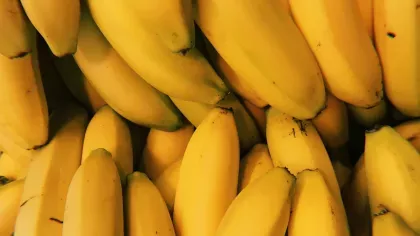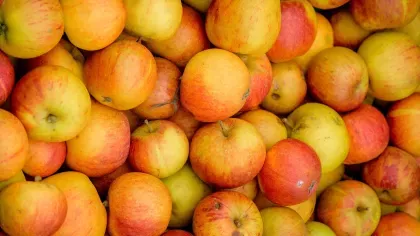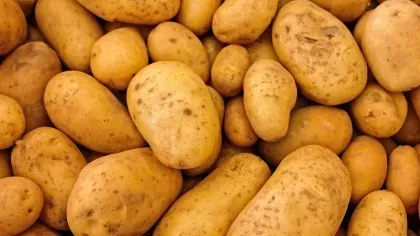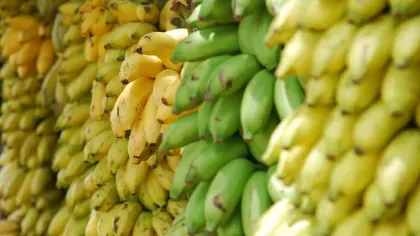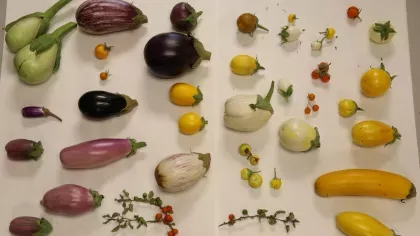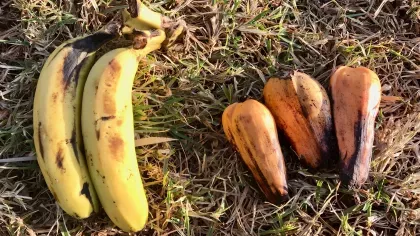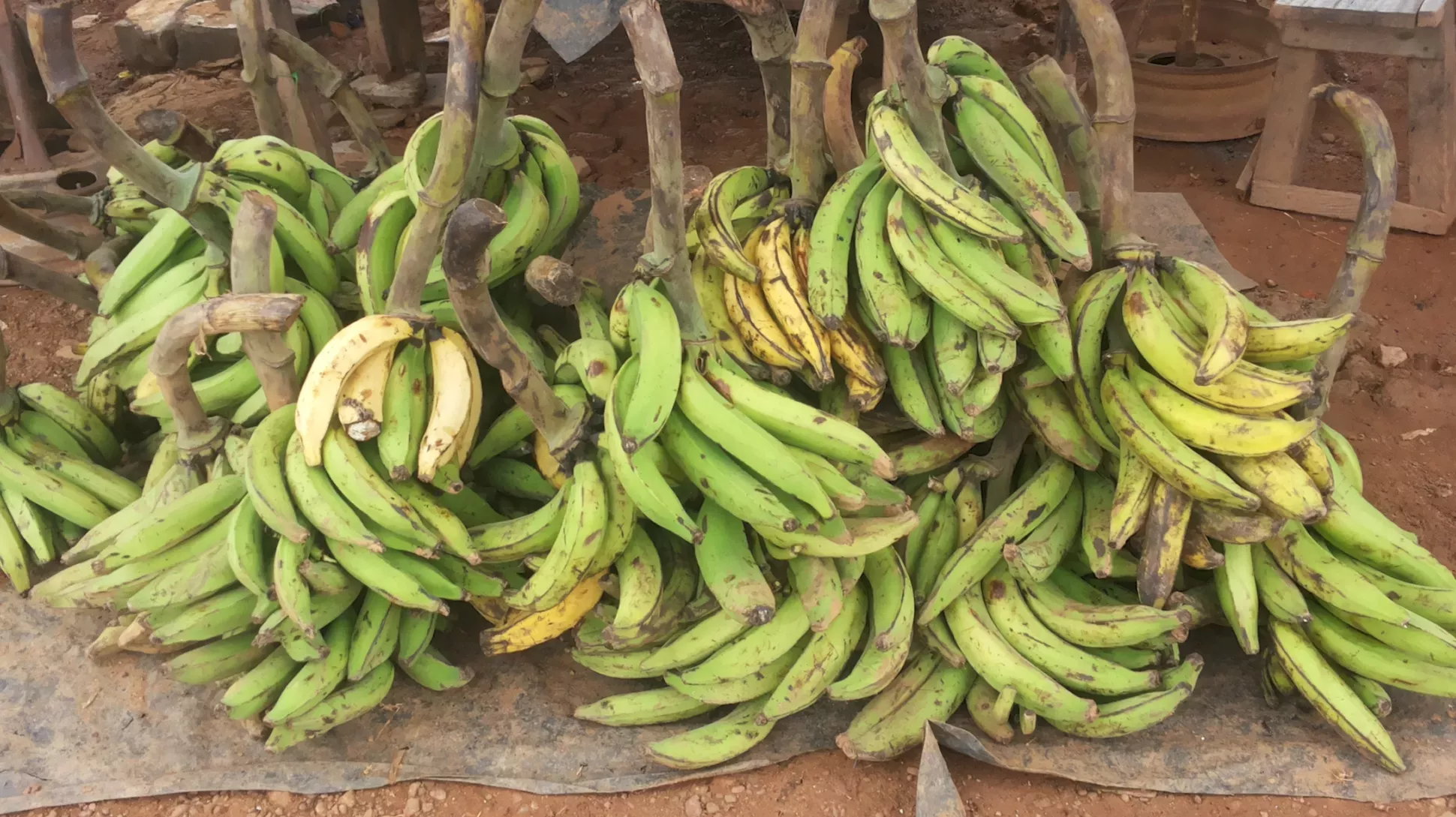
Plantain
On this page
The savoury sibling of the banana, plantains are a major food staple in Africa and the Americas.
Green plantains are fried, boiled or processed into flour to be used in a variety of tasty dishes.
Originally, bananas and plantains were classified into two species, Musa sapientum and Musa paradisiaca respectively.
But it’s now recognised that both are hybrids — produced by cross-breeding two wild species: Musa acuminata and Musa balbisiana.
Plantain shares its name with plants from the genus Plantago, although the two are entirely unrelated.
Plant description
While they resemble trees, plantains are actually giant herbs with a pseudostem (bases of leaves tightly rolled around each other), and can grow up to 15m tall. Cultivated plantain plants have a fleshy root system, instead of a taproot. The leaves grow up to 2.7m long and 60cm wide. Plantains have both male and female flowers, the latter of which develop into the fruits. In cultivated plantains, the fruits grow without the need for fertilisation, so are seedless. The fruits are arranged in hands, each formed of 10-20 plantains.
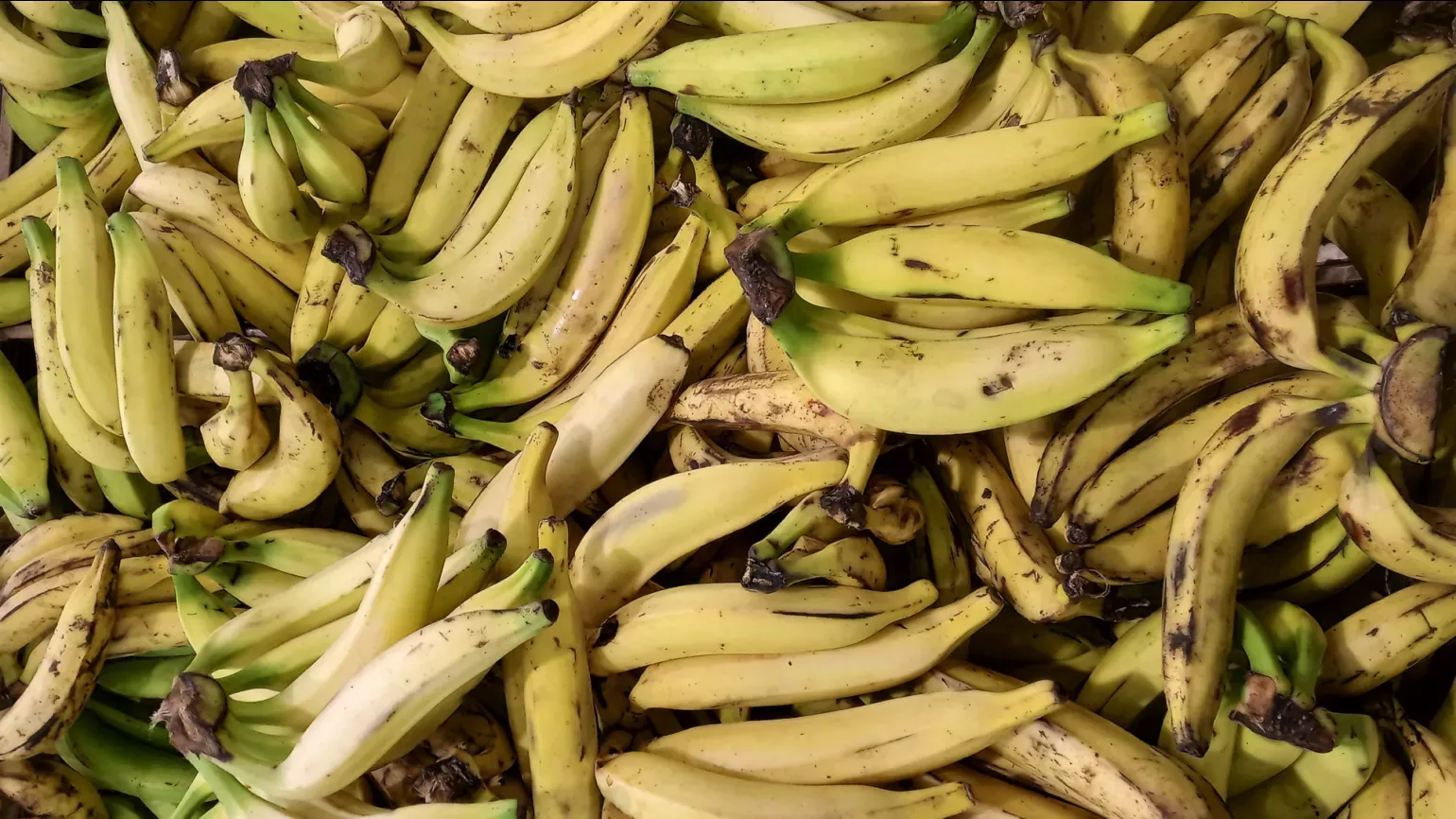
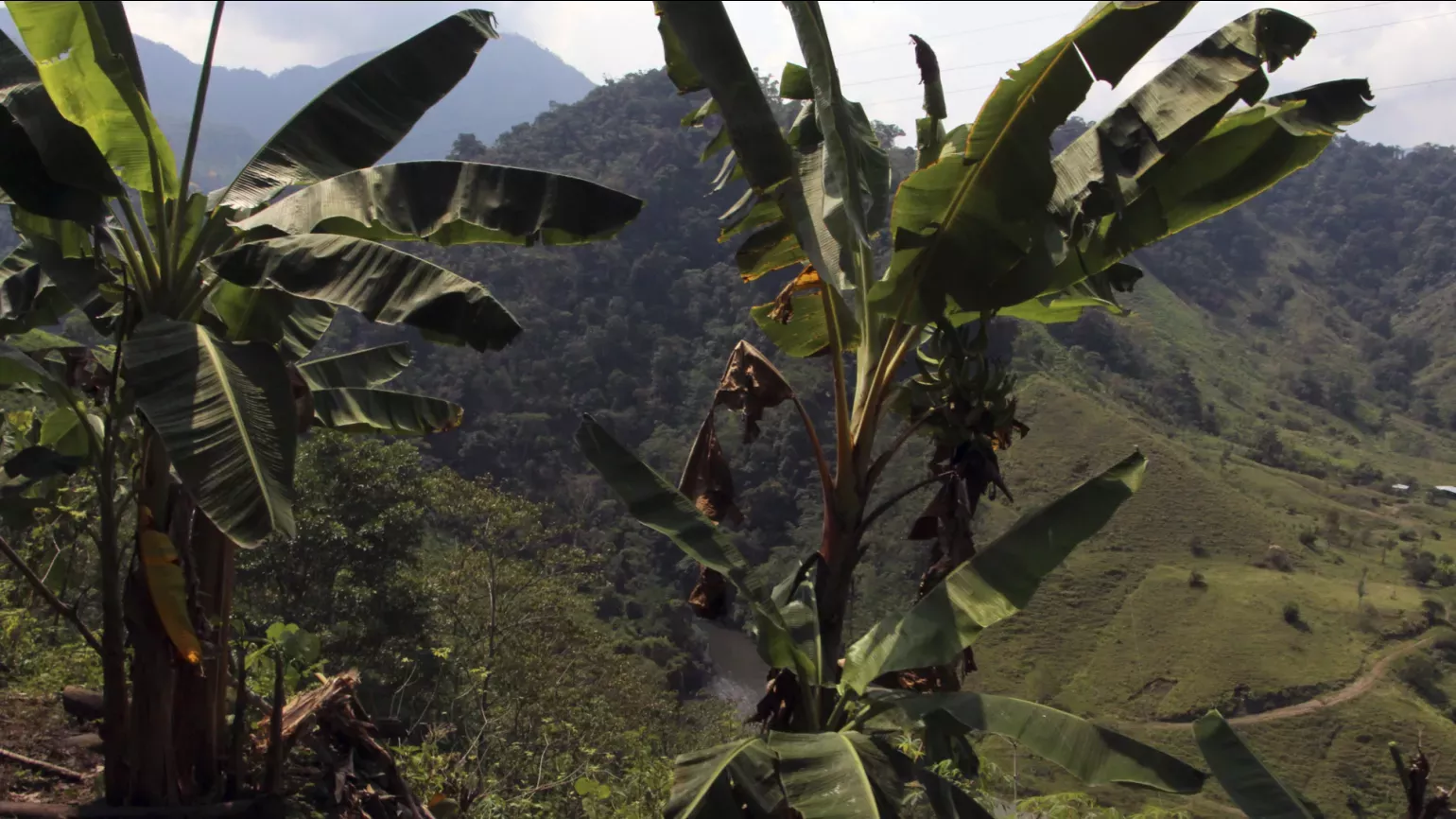
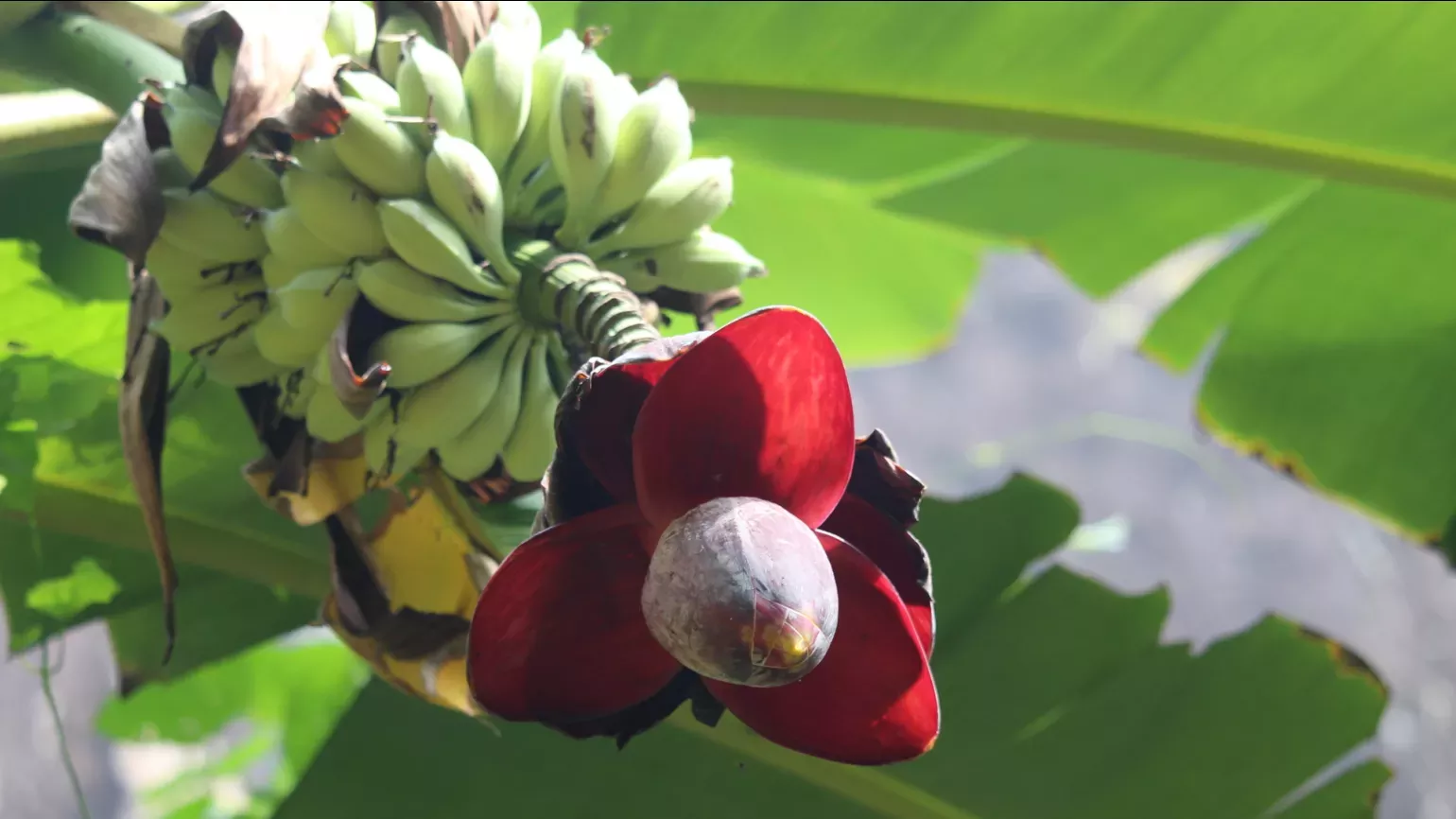
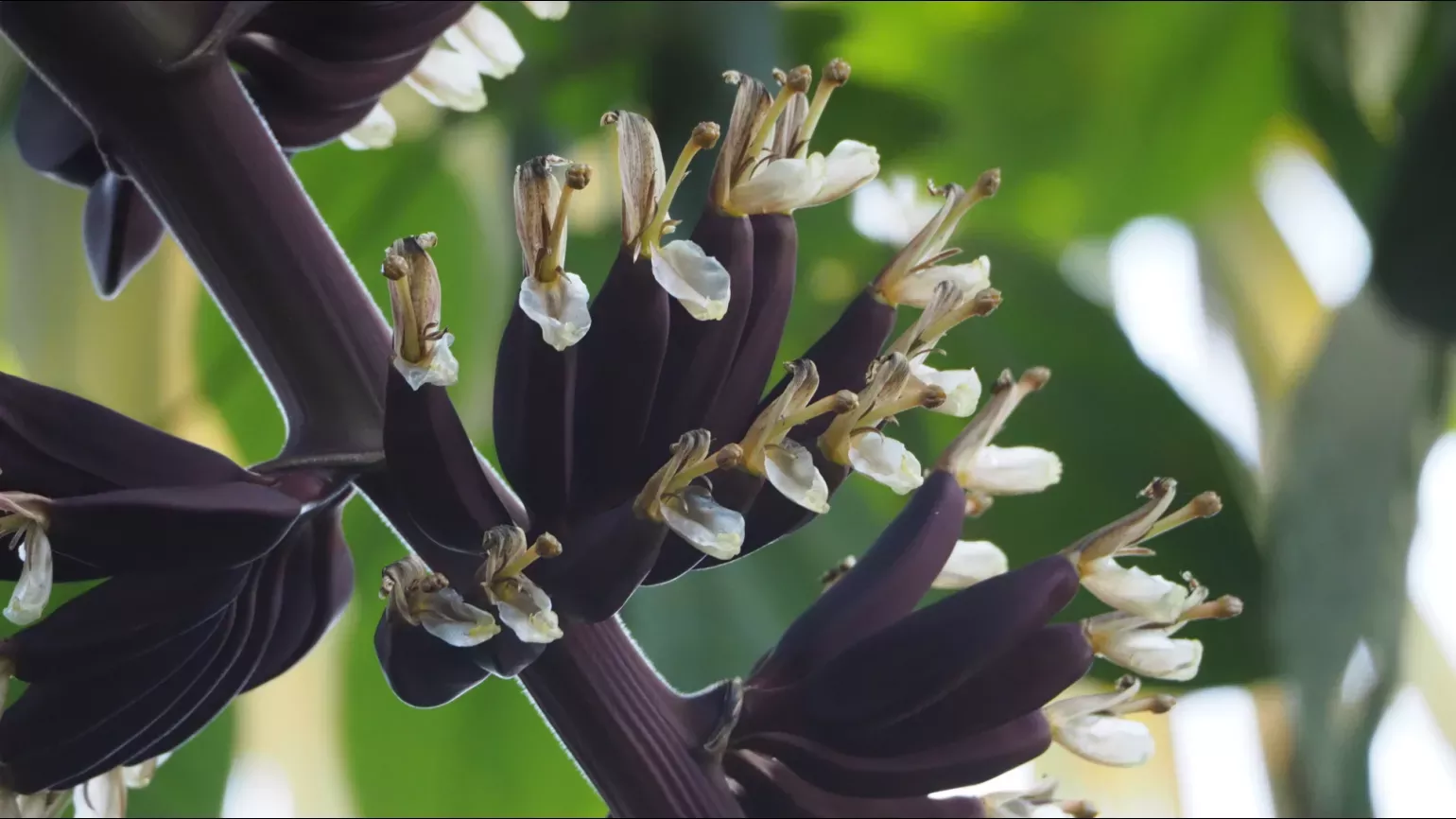
Plant uses
Food and drink
Plantains have a much higher starch content than bananas, so are usually cooked before eating.
Plantain is a staple food across Africa. In Ghana, Nigeria and other African countries, fried plantain is known as dodo. Eto is a traditional Ghanaian dish made from mashed plantain.
In the Americas, twice-fried plantain fritters are often eaten as an appetiser, or snack.
In Indonesia, pisang goreng is a popular snack food of plantain deep fried in coconut oil.
In East Africa, plantains are used in beer making.
Plantains are also often sliced, deep fried and eaten as a crisp snack. Dried plantains are ground into flour which can be used in a variety of recipes.
Plantain blossoms are eaten in Southeast Asia, in salads, curries and soups.
Health
Plantain is considered an excellent source of vitamin B6 and vitamin C.
Materials and fuels
Plantain fibres can be used to make ropes, paper and matting.
Did you know?
Many languages do not have a distinct word for plantains, instead referring to them as an equivalent of cooking bananas.
The name ‘plantain’ comes from the Spanish word ‘plántano’, which probably comes from the Carib word ‘palatana’, meaning banana.
While the name plantain is often given to all Musa cultivars that are cooked before eating, botanically speaking, true plantains belong to one of four cultivar groups: French, French horn, false horn, and horn.
Where in the world?
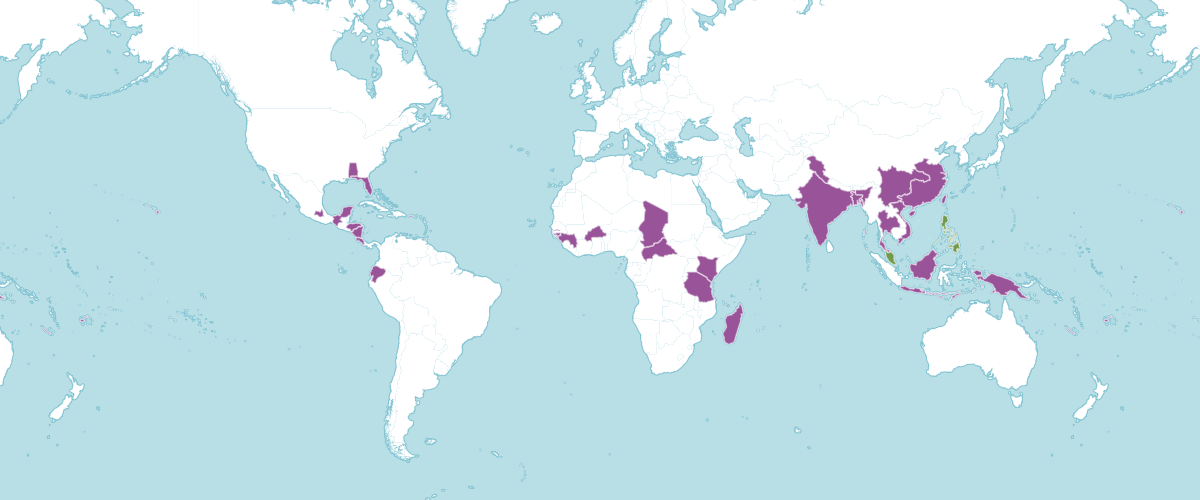
Plantains grow well in warm and humid tropical and subtropical climates.
Find it in our gardens
Kew Gardens
A botanic garden in southwest London with the world’s most diverse living plant collection.
Location
View map of Kew GardensBest time to see
Our work
Cultivated plantain varieties are seedless and depend on a method of reproduction that makes them genetically identical to each other and highly vulnerable to pests and diseases.
To protect their future, we may need to grow new plantain varieties.
The wild cousins of plantain are thought to have the genetic diversity and disease-resistant traits needed for breeders to develop new and improved plantain varieties.
But these wild plantain and banana species also need protection from extinction — they are threatened by habitat destruction, sometimes caused by clearing land for oil palm plantations.
There is also a lack of wild banana collections outside of their natural habitat.
Our scientists at Kew have been working alongside the Global Crop Diversity Trust on a project that is helping to collect and protect the wild relatives of our valuable crops such as plantain and bananas.
